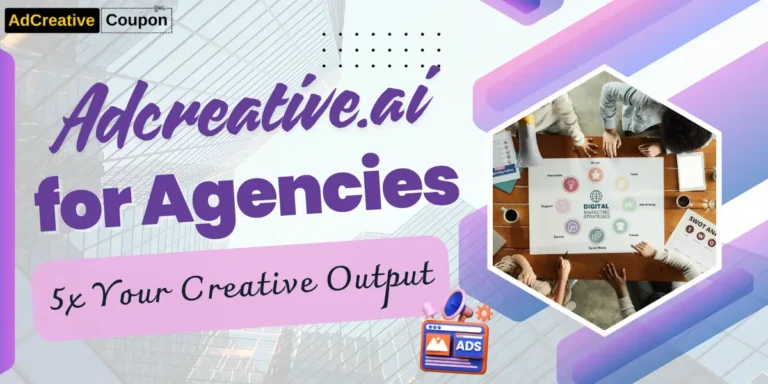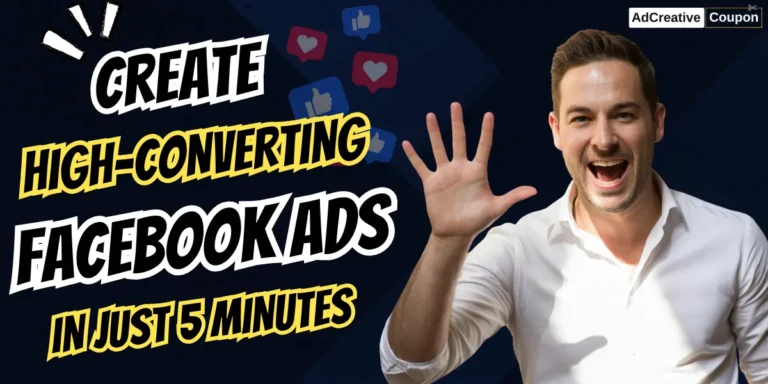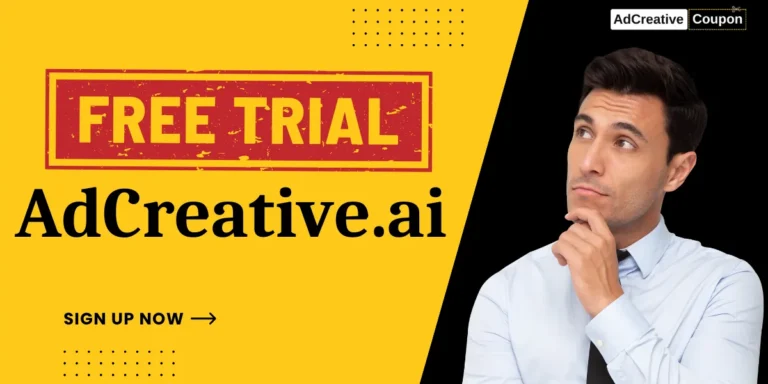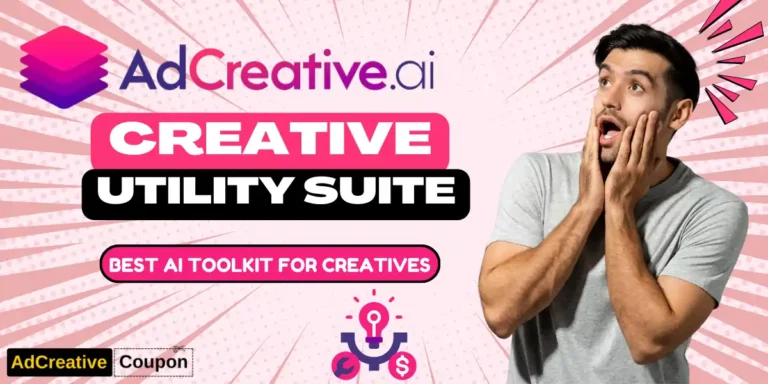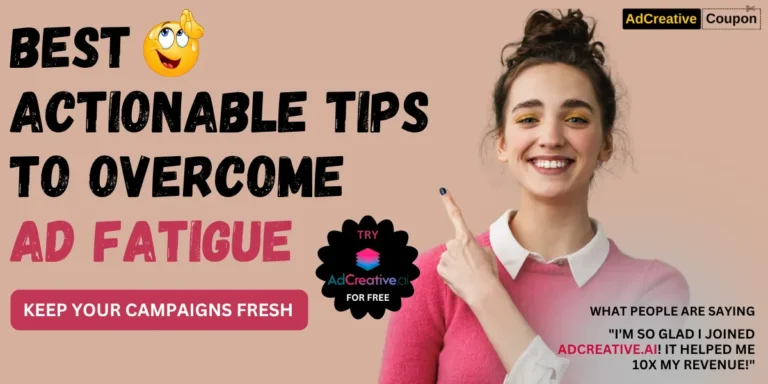Google Responsive Display Ads: Secrets for Maximum ROAS
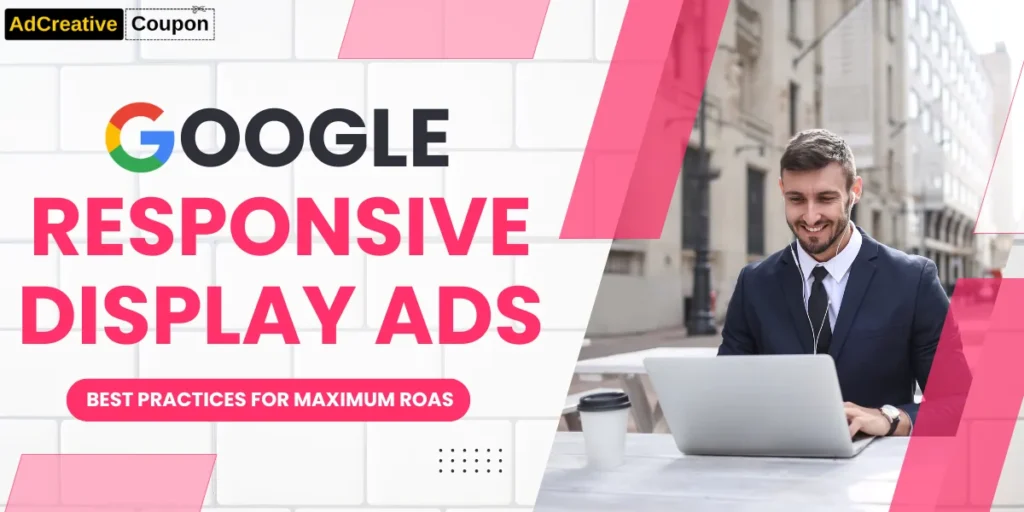
Right, let's get straight to the point. If you're running display campaigns in 2026 and not using Google Responsive Display Ads (RDAs), you're basically leaving money on the table.
These bad boys are Google's marquee display format, and there's a bloody good reason why they're pushing them so hard.
Want to supercharge your RDA performance? Adcreative.ai can generate up to 15 compliant images, 5 headlines, and all the assets you need for maximum ROAS. Plus, you can snag a 40% discount on annual plans right now.
But here's the thing – just throwing together some random images and headlines won't cut it. You need to understand how Google's AI works and what makes these responsive display ads tick. That's exactly what we're covering today.
What are Google Responsive Display Ads?
Google Responsive Display Ads are essentially Google's way of saying “give us your raw materials, and we'll build the best-performing ads for you.” With responsive display ads, you upload your assets (images, headlines, logos, videos, and descriptions), and Google AI generates ad combinations for websites, apps, YouTube, and Gmail.
Think of it like this: instead of creating dozens of static banner ads for different placements, you provide Google with various creative elements, and their machine learning algorithm automatically tests combinations to find what works best for each specific placement and audience.
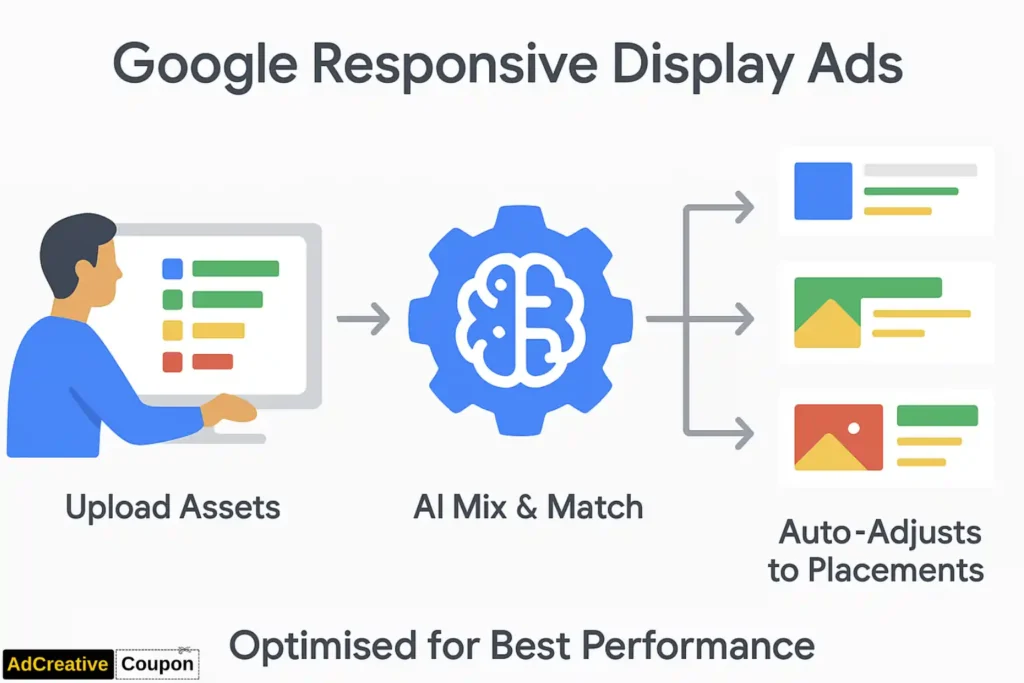
The beauty of RDAs lies in their adaptability. A responsive display ad might show as a banner on one site and a dynamic text ad on another. This flexibility means your ads can appear across virtually any available ad space on the Google Display Network.
The Asset Requirements: Getting your Creative Arsenal Ready
Here's where most marketers cock things up – they don't provide enough variety in their assets. Google's algorithm needs options to work with, so let's break down what you actually need:
Images: Quality over quantity (but quantity matters too)
You can upload up to 15 images for your responsive display ads. Google recommends using high-resolution images that are at least 1200 pixels wide with a 1.91:1 aspect ratio.
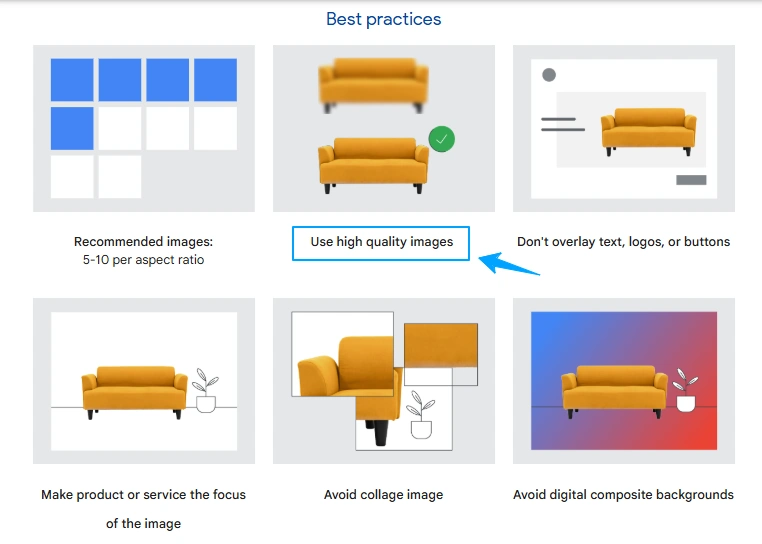
But here's the kicker – you need both landscape (1.91:1) and square (1:1) formats to ensure your ads look proper across different placements.
Image guidelines that actually matter:
Headlines: Your first impression arsenal
You get up to 5 short headlines (30 characters each) and 1 long headline (90 characters). This is where you need to think strategically. Each headline should work independently because Google might not show them together.
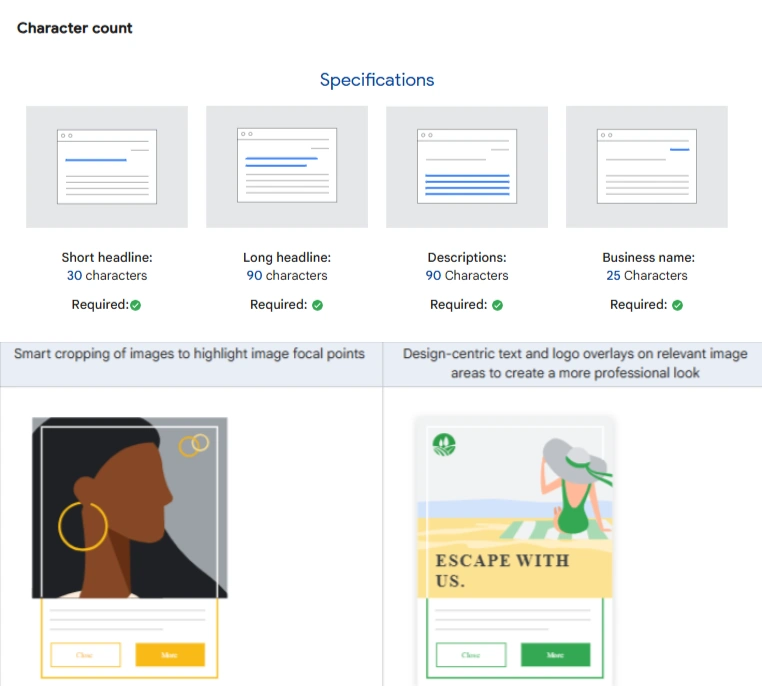
Front-load your most important information in case the text gets truncated. If you're promoting a 50% off sale, don't bury that discount at the end of your headline.
Descriptions: The supporting cast
Up to 5 descriptions of 90 characters each. These provide additional context but shouldn't repeat what's in your headlines.
Think of them as your elevator pitch – concise but compelling.
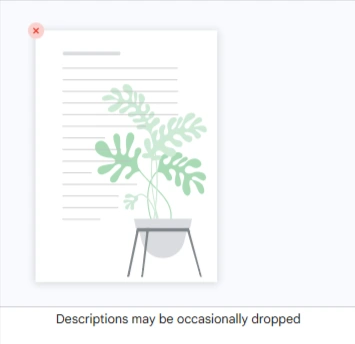
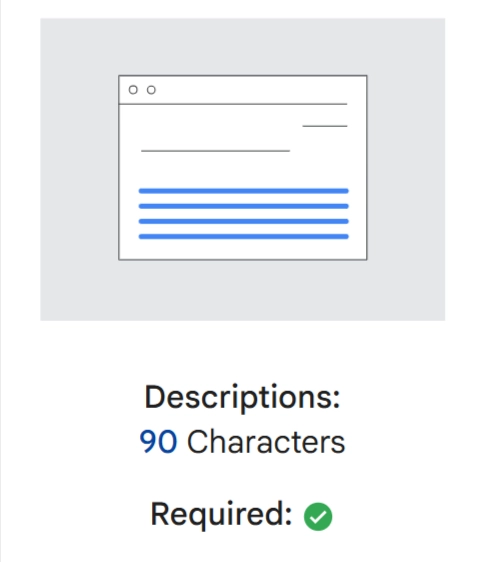
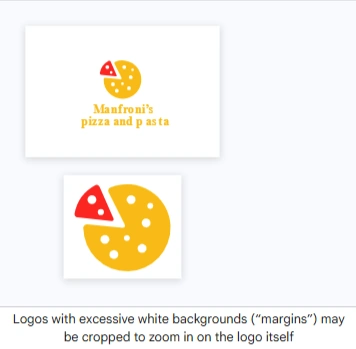
Logos: Brand recognition done right
Upload both square and horizontal versions of your logo. Be flexible here – sometimes just the icon portion works better than your full logo, especially in smaller ad spaces.
Google's Ads Creative Studio: Your new Best Mate
Google's recently launched Ads Creative Studio is a game-changer for anyone serious about display advertising.

This free tool brings together various Google creative tools under one roof, making it easier to create and customise visuals for your campaigns.
What's included in Creative Studio:
The platform also features AI-powered tools like image-to-video transformation and AI outpainting, which intelligently expands videos beyond their original frames. These features are rolling out gradually, so keep an eye on your Google Ads account for updates.
RDA Best Practices that Move the Needle
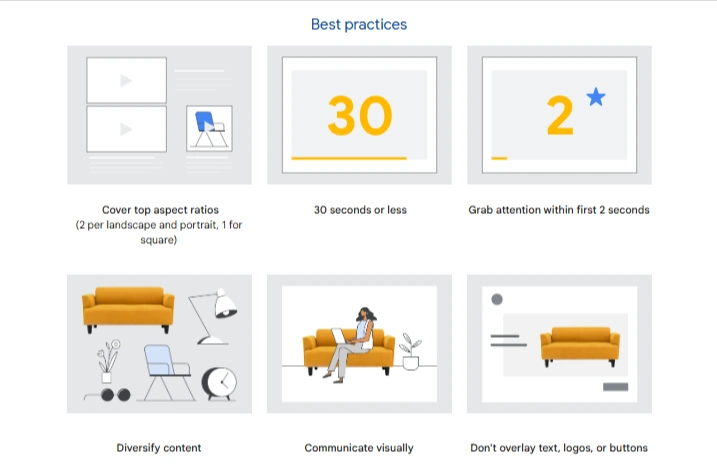
1. Feed Google's algorithm properly
Don't skimp on assets. Treat all creative sections as required, even if Google labels them as “optional”. The more variety you give Google's AI, the better it can optimise for different placements and audiences.
2. Create 3-4 Ads per ad group
This gives Google enough data to determine which combinations work best whilst providing you with meaningful performance comparisons. Too few ads and you're limiting the algorithm's learning potential.
3. Separate your campaigns strategically
Keep remarketing campaigns separate from brand awareness campaigns. These audiences behave differently, and mixing them can muddy your performance data.
4. Focus on benefits, Not features
Instead of saying “Our software has 50 features,” try “Cut your workload in half.” People don't buy features; they buy outcomes and solutions to their problems.
5. Test different Creative approaches
Don't put all your eggs in one creative basket. Test lifestyle imagery against product shots, emotional messaging against rational appeals, and different colour schemes to see what resonates with your audience.
How Adcreative.ai Supercharges your RDA Performance
Creating all these assets manually is incredibly time-consuming. That's where Adcreative.ai comes in clutch.
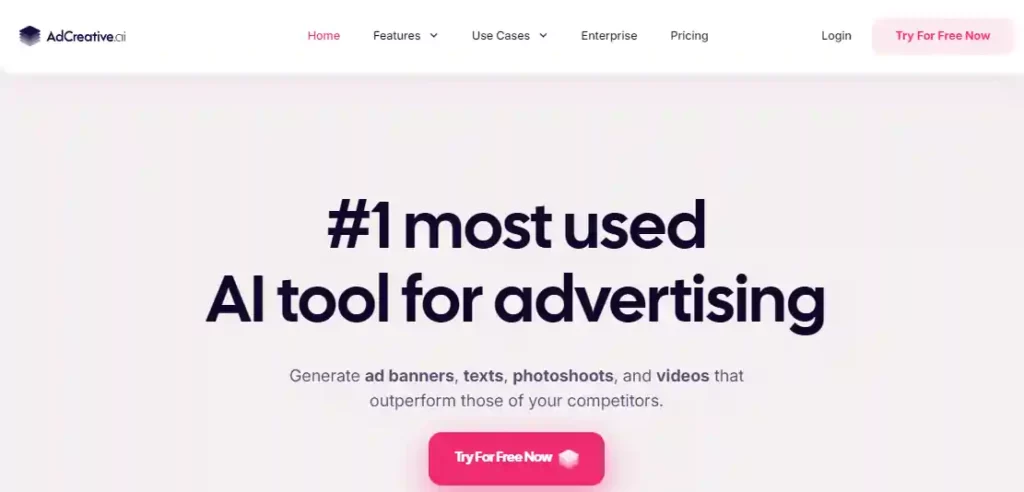
Adcreative.ai is specifically designed to generate high-converting ad creatives that meet Google's specifications.
What makes Adcreative.ai perfect for RDAs
The platform uses machine learning algorithms to generate ad designs that are unique, eye-catching, and tailored to your brand. You can create multiple variations quickly, which is exactly what Google's algorithm needs to perform optimally.
Adcreative.ai offers various ad formats and sizes specifically for the Google Display Network, ensuring your creatives meet all technical requirements. The tool also includes an optimisation feature that lets you test different variations to see which performs best.
Current Pricing with Annual Discounts
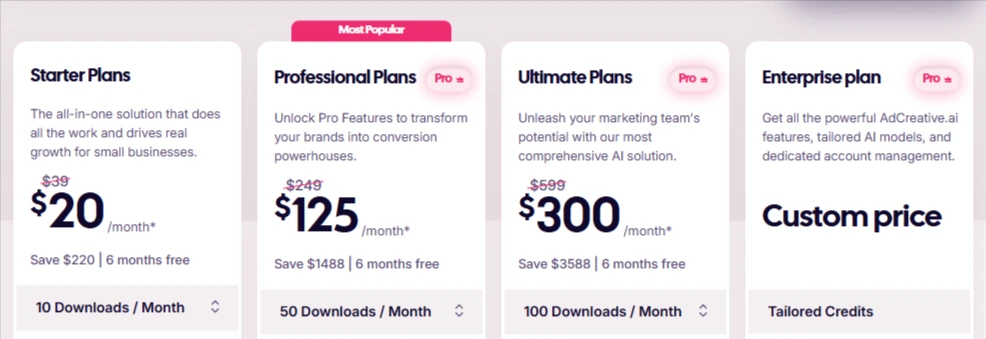

Get 50% OFF on AdCreative.ai – Create Ads That Sell!
Save 50% on annual plans! Build high-performing AI-powered creatives that skyrocket conversions and maximize ROI.
Advanced Optimisation Strategies
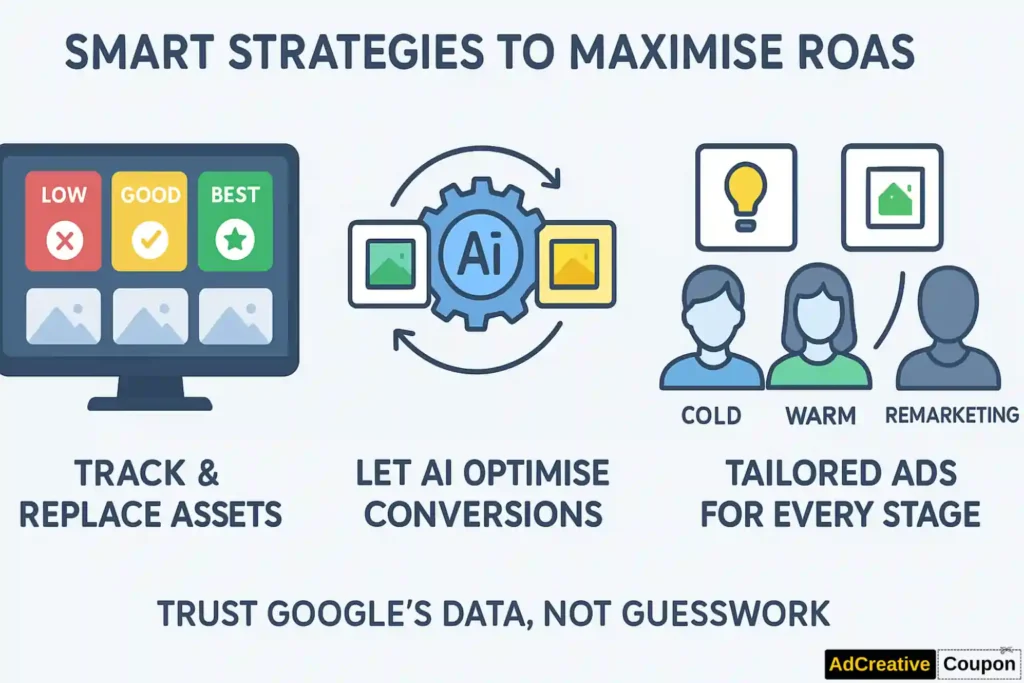
Performance Monitoring That Matters
Use Google's Performance column to identify which creative assets are driving results. Replace “Low” rated assets with new creative, keep “Good” performing assets, and use “Best” performing assets as inspiration for new creatives.
Creative Rotation Best Practices
Don't set your ads to rotate evenly – let Google optimise for conversions. The algorithm learns which combinations work best for different audiences and placements, so trust the data over your gut feeling.
Audience-Specific Creative Strategies
Different audiences respond to different creative approaches:
Common Mistakes That Kill ROAS
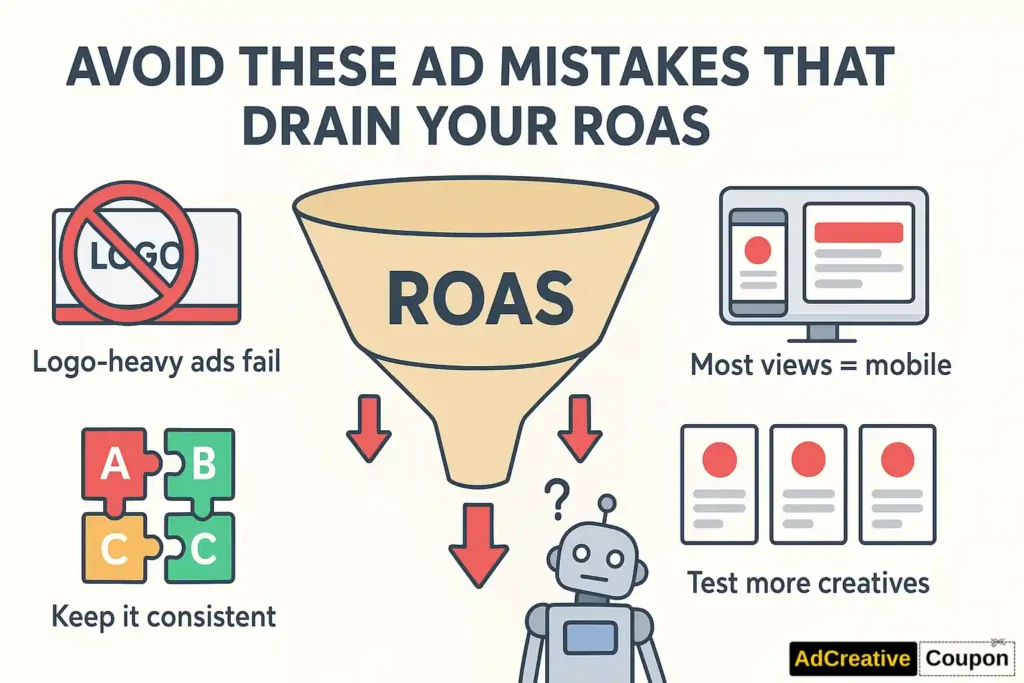
🚫 Using Branded Images
Don't upload images with your logo already on them. Google handles branding separately through the logo upload section, and branded images often perform worse because they look like obvious ads.
🚫 Inconsistent Messaging
Your headlines, descriptions, and images should tell a cohesive story. Mixed messages confuse both Google's algorithm and your potential customers.
🚫 Not Testing Enough Variations
Many advertisers upload the minimum assets and call it done. This limits Google's ability to find winning combinations for different placements and audiences.
🚫 Ignoring Mobile Optimisation
Over 60% of display ad impressions happen on mobile devices. Ensure your images and text work well on smaller screens.
Measuring Success: Metrics that Matter
Primary KPIs for RDAs
Secondary Metrics to Watch
Wrapping Up: Your RDA Action Plan
Google Responsive Display Ads aren't just another ad format – they're the future of display advertising. By providing Google's AI with diverse, high-quality assets and following these best practices, you'll see significant improvements in your ROAS.
The key is treating RDAs as a system that needs feeding with variety and quality. Don't halfarse the asset creation process, and definitely don't underestimate the power of proper testing and optimisation.
Ready to dominate with responsive display ads? Adcreative.ai can generate all the compliant assets you need for maximum performance. Grab that 40% annual discount whilst it's still available and start creating ads that actually convert.

